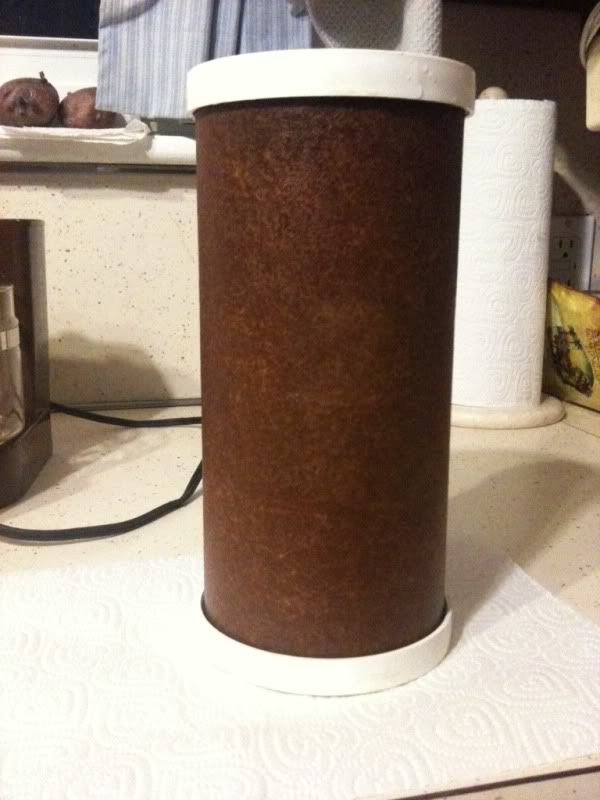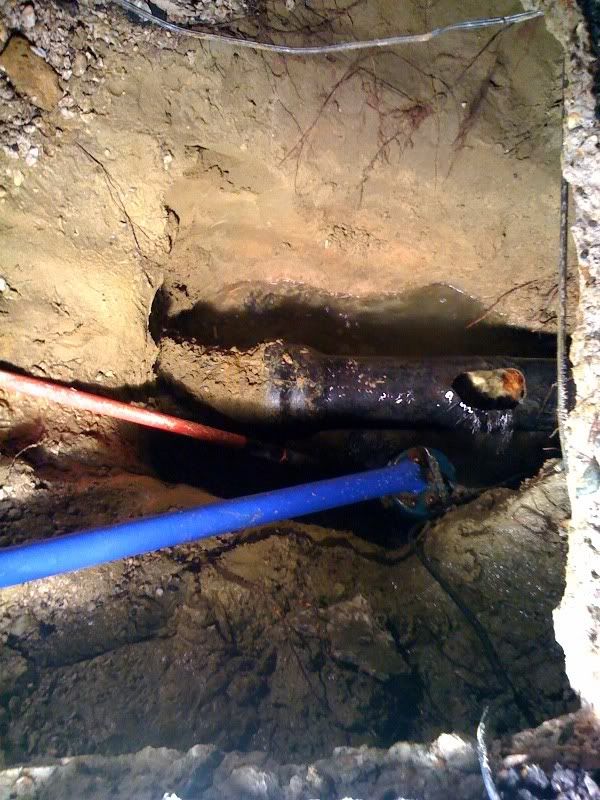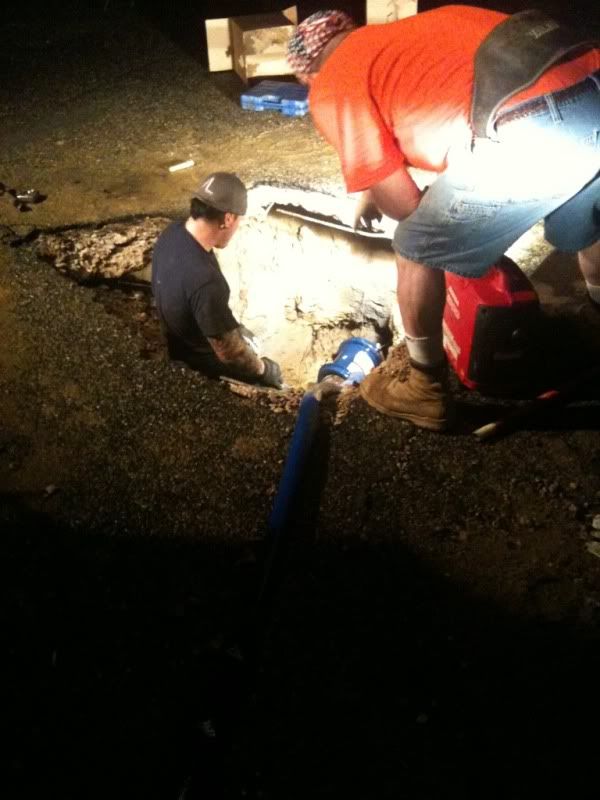JHZR2
Staff member
We have city water and can't be more than half to a mile away from the towers. There are wells (municipal) all around town.
We have poor water pressure. I think it is somewhat our house, but it is something else too... Our kitchen is really slow, as is our shower. Our upstairs bathroom sink is pretty good.
After doing a plumbing project sometime back and seeing the junk in the pipe, we installed a whole house filter. Pressure was poor before, didn't really change after.
However, after just a short time, not even 5k gallons (1/6 the filters rated life), they go from white wound (I use carbon filters, not the pleated ones, so I can remove chlorine), to this:

Any time I shut the main supply to the house off, I get significant brown junk in the water from all taps. I've cleaned the strainers/aerators on the faucets, no help...
We did have a water main break down the street sometime back. Good hole and crack in the pipe. Since then it seems to have gotten a little worse...



Any ideas? Is this indication that my main line is shot? The water folks said when they were fixing the main that the actual pipe, which was 6", was filled with deposits that it probably is down to 3-4" ID. Wonder if that means that mine is similar...
How tough/expensive is it to run a new feeder from the street? Our house isn't more than 20' from the curb.
Any ideas about the brown junk and our pressure issues?
Thanks!
We have poor water pressure. I think it is somewhat our house, but it is something else too... Our kitchen is really slow, as is our shower. Our upstairs bathroom sink is pretty good.
After doing a plumbing project sometime back and seeing the junk in the pipe, we installed a whole house filter. Pressure was poor before, didn't really change after.
However, after just a short time, not even 5k gallons (1/6 the filters rated life), they go from white wound (I use carbon filters, not the pleated ones, so I can remove chlorine), to this:

Any time I shut the main supply to the house off, I get significant brown junk in the water from all taps. I've cleaned the strainers/aerators on the faucets, no help...
We did have a water main break down the street sometime back. Good hole and crack in the pipe. Since then it seems to have gotten a little worse...



Any ideas? Is this indication that my main line is shot? The water folks said when they were fixing the main that the actual pipe, which was 6", was filled with deposits that it probably is down to 3-4" ID. Wonder if that means that mine is similar...
How tough/expensive is it to run a new feeder from the street? Our house isn't more than 20' from the curb.
Any ideas about the brown junk and our pressure issues?
Thanks!
